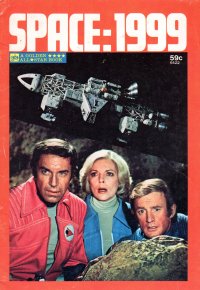 When I bought this book last Saturday, I thought it was a comic book; however, it turns out this is actually a children’s book. So although I do not count comic books in the annual total of books read–so the first issue of Battlestar Galactica that I bought on Saturday doesn’t count (but the first of the novels, which I read in 2011, did). Don’t bother trying to make sense of it–the rules of what I count as a book for my annual reading total based on content, length, and time of year are very difficult calculus indeed.
When I bought this book last Saturday, I thought it was a comic book; however, it turns out this is actually a children’s book. So although I do not count comic books in the annual total of books read–so the first issue of Battlestar Galactica that I bought on Saturday doesn’t count (but the first of the novels, which I read in 2011, did). Don’t bother trying to make sense of it–the rules of what I count as a book for my annual reading total based on content, length, and time of year are very difficult calculus indeed.
At any rate, this book includes two short adventures of the crew of Moonbase Alpha. In the first, a colleague thought dead returns but is actually only a cipher for a ruler from the planet Psychon come back to get revenge on Maya, the woman with the sideburns who can change into things. In the second, explorers in one of the ships find a planet suitable for colonization with a small group of mentally advanced people on it who will share their planet. But there’s a dark secret: The planet has no sun, and it’s only the mental power of the Queen that keeps it going–and she steals power from the brains of her subjects.
I remember the program came on on Saturday afternoons in the late 1970s in Milwaukee, but I don’t remember watching it much. All I remember is the woman with the sideburns could change into things. And that it had a low budget, but somehow it didn’t grab one as Star Trek did. And by “one,” I mean sub-ten-year-old me. So I have to wonder if this is worth watching sometime. I just checked on Amazon, and it doesn’t look like it’s available in US DVDs. Which makes my mind up for me. I don’t have time to watch the things I own, so I shouldn’t go buying things I will just put in the cabinet for some day. Also note: It’s far easier to be virtuous for sins one cannot commit; if Amazon had the complete series on DVD for $14, it would be on its way to Nogglestead by now.



 I bought this picture book
I bought this picture book 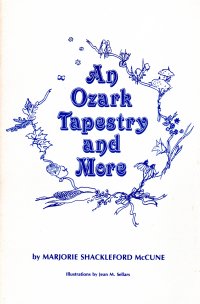 This is the second of the chapbooks that I bought
This is the second of the chapbooks that I bought 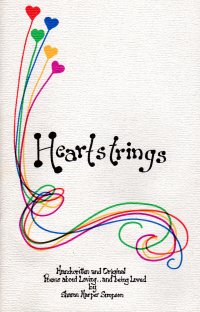 As you might have expected, gentle reader, I dove right into the chapbooks and art monographs during the second week of football. As I watched most of three games, I had plenty of time in between plays to read a poem or look at a picture and caption. Given how my attention during football games these days focuses mostly on the books and a little on the football game makes me think that maybe watching football is more of an excuse to read during the day than actual love of football.
As you might have expected, gentle reader, I dove right into the chapbooks and art monographs during the second week of football. As I watched most of three games, I had plenty of time in between plays to read a poem or look at a picture and caption. Given how my attention during football games these days focuses mostly on the books and a little on the football game makes me think that maybe watching football is more of an excuse to read during the day than actual love of football.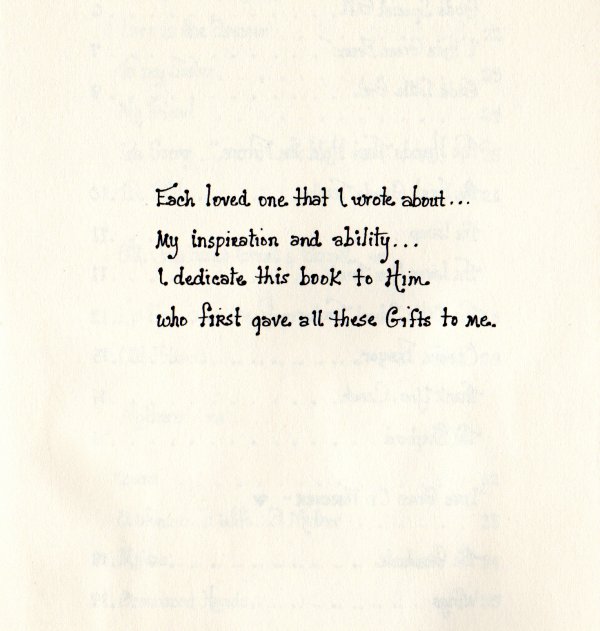
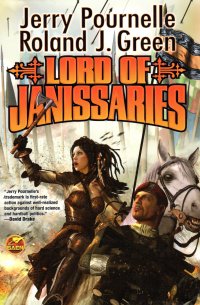 I miss Jerry Pournelle’s Chaos Manor blog. I used to read it all the time, and I corresponded with Dr. Pournelle from time to time–he cited me on the blog a couple of times, and he bought my poem for
I miss Jerry Pournelle’s Chaos Manor blog. I used to read it all the time, and I corresponded with Dr. Pournelle from time to time–he cited me on the blog a couple of times, and he bought my poem for  This book report is likely to look a lot like the book report for
This book report is likely to look a lot like the book report for 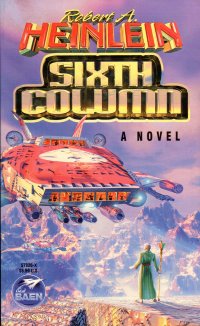 This Heinlein book comes from a 1941 magazine, a 1949 book edition, and then a fifth Baen paperback printing from 1999. That is to say, the book was in print fifty-eight years later. The cover has a retro-video game look to it that might make you think this is one of the juvie rocket-jockey things, but it’s not.
This Heinlein book comes from a 1941 magazine, a 1949 book edition, and then a fifth Baen paperback printing from 1999. That is to say, the book was in print fifty-eight years later. The cover has a retro-video game look to it that might make you think this is one of the juvie rocket-jockey things, but it’s not.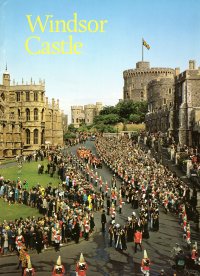 I bought this book
I bought this book 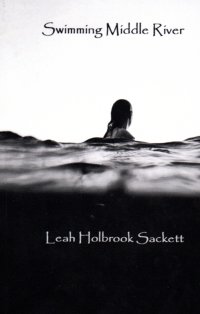 I worked with Leah a bit fifteen or so years ago when she was Leah Holbrook and did some freelance copywriting for the interactive agency where I worked. I saw last week on LinkedIn that she had published a book, so of course I ordered it. Friends, if you publish a book or your kid releases a CD, I will buy it. I will even get tickets to a musical if you’re in it, which fortunately does not happen terribly often, as tickets to Jesus Christ Superstar for my whole family runs to almost two hundred bucks. I prefer the fifteen dollar books or CDs, thanks.
I worked with Leah a bit fifteen or so years ago when she was Leah Holbrook and did some freelance copywriting for the interactive agency where I worked. I saw last week on LinkedIn that she had published a book, so of course I ordered it. Friends, if you publish a book or your kid releases a CD, I will buy it. I will even get tickets to a musical if you’re in it, which fortunately does not happen terribly often, as tickets to Jesus Christ Superstar for my whole family runs to almost two hundred bucks. I prefer the fifteen dollar books or CDs, thanks. This is the first collection of poetry I spotted on my to-read shelves after
This is the first collection of poetry I spotted on my to-read shelves after 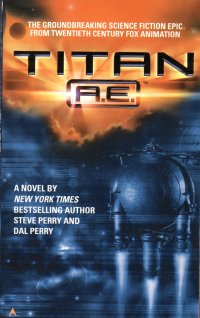 Ever since I bought this book at the Friends of the Kirkwood Library book sale
Ever since I bought this book at the Friends of the Kirkwood Library book sale 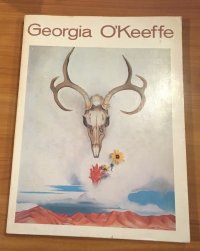 I bought this book in June at
I bought this book in June at 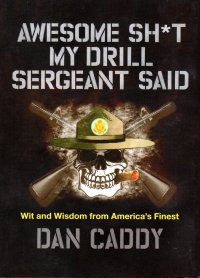 I forget where I saw this book listed most recently on the Internet, but I bought a copy for my former Marine brother and a copy for myself. As I had just finished an Executioner novel (
I forget where I saw this book listed most recently on the Internet, but I bought a copy for my former Marine brother and a copy for myself. As I had just finished an Executioner novel (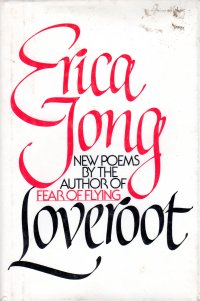 I have mentioned before that I read Jong’s How To Save Your Own Life, her 1975 sequel to her seminal novel Fear of Flying a long time ago, before I started writing book reports on this blog. I never read Fear of Flying, though. And I’ve read some about it (mostly Wikipedia) that says Fear of Flying was an empowering bit of second-wave feminism. I guess it fit into the zeitgeist of the time, when the early boomers were coming of early middle age (well, their 30s, which was middle aged in those days), and Erica Jong became a thing.
I have mentioned before that I read Jong’s How To Save Your Own Life, her 1975 sequel to her seminal novel Fear of Flying a long time ago, before I started writing book reports on this blog. I never read Fear of Flying, though. And I’ve read some about it (mostly Wikipedia) that says Fear of Flying was an empowering bit of second-wave feminism. I guess it fit into the zeitgeist of the time, when the early boomers were coming of early middle age (well, their 30s, which was middle aged in those days), and Erica Jong became a thing.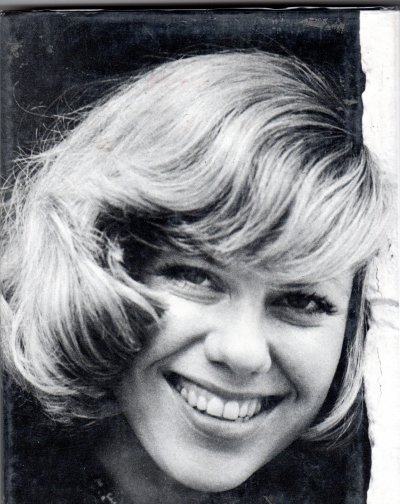
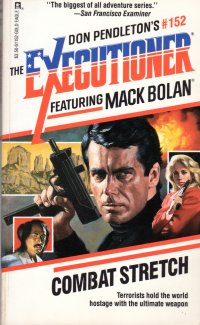 Not longer after finishing the Medellín trilogy with
Not longer after finishing the Medellín trilogy with 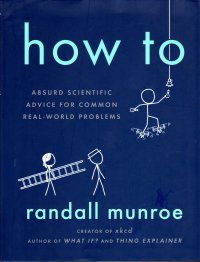 I bought this book at Books-a-Million
I bought this book at Books-a-Million 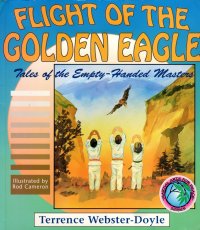 I bought this book
I bought this book 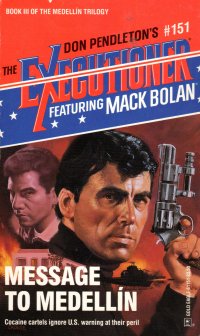 As
As 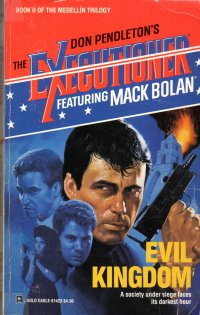 As I mentioned, this is the most expensive Executioner book I own. Or that I paid for, anyway.
As I mentioned, this is the most expensive Executioner book I own. Or that I paid for, anyway. 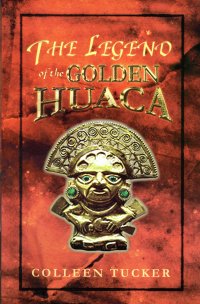 I got this book at a “book sale”
I got this book at a “book sale”